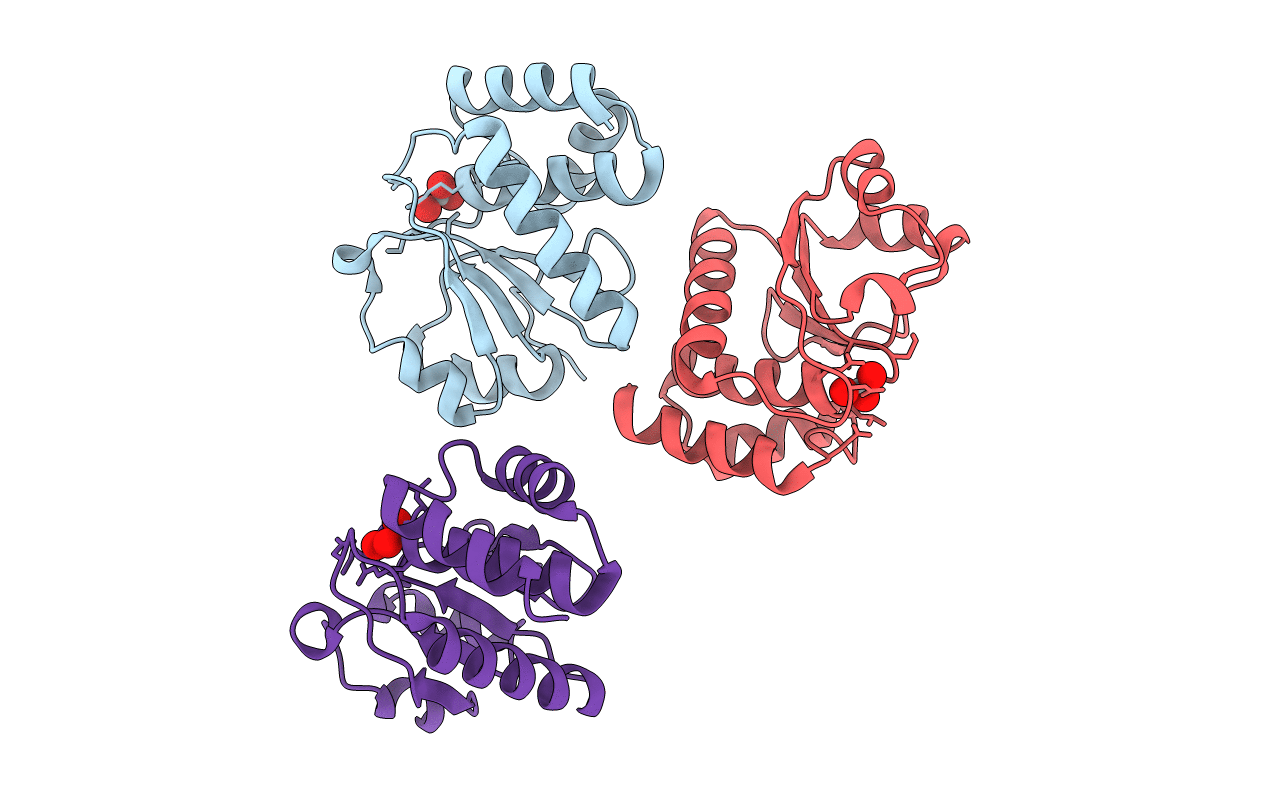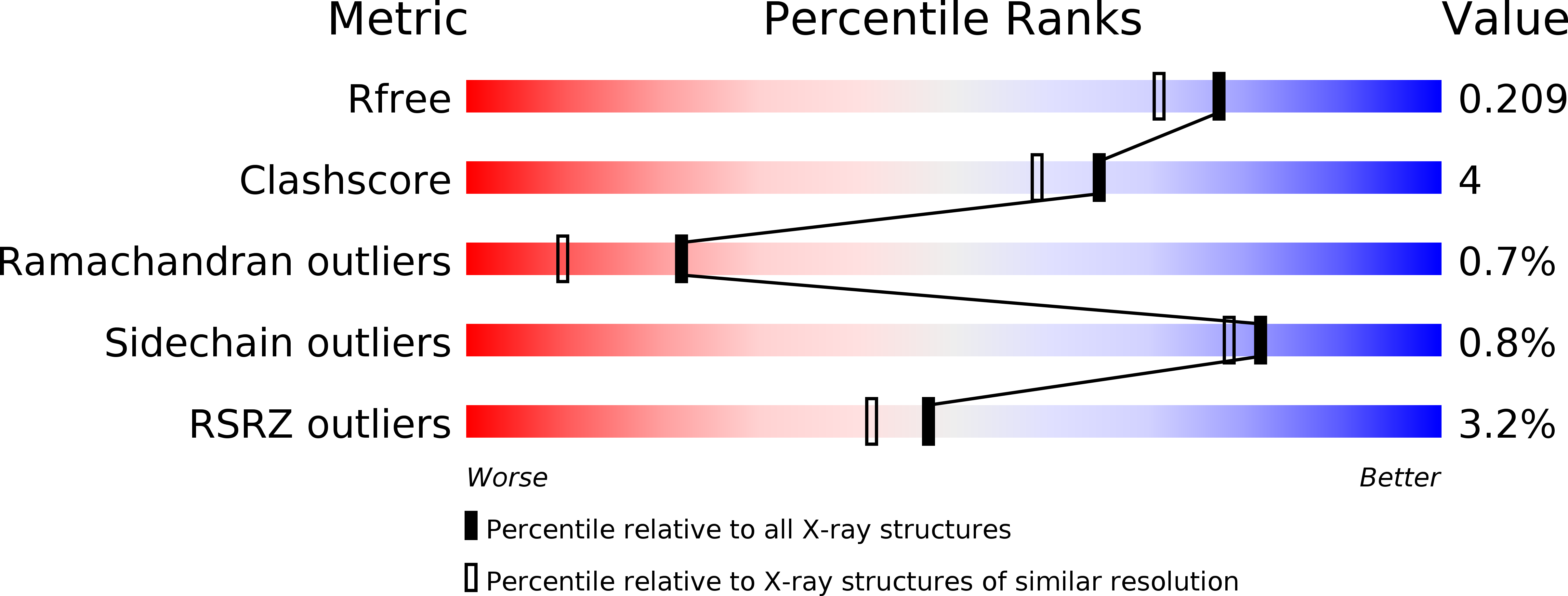
Deposition Date
2018-01-17
Release Date
2018-07-04
Last Version Date
2023-11-22
Entry Detail
Biological Source:
Source Organism:
Thermococcus kodakarensis KOD1 (Taxon ID: 69014)
Host Organism:
Method Details:
Experimental Method:
Resolution:
1.80 Å
R-Value Free:
0.20
R-Value Work:
0.17
R-Value Observed:
0.17
Space Group:
P 61


